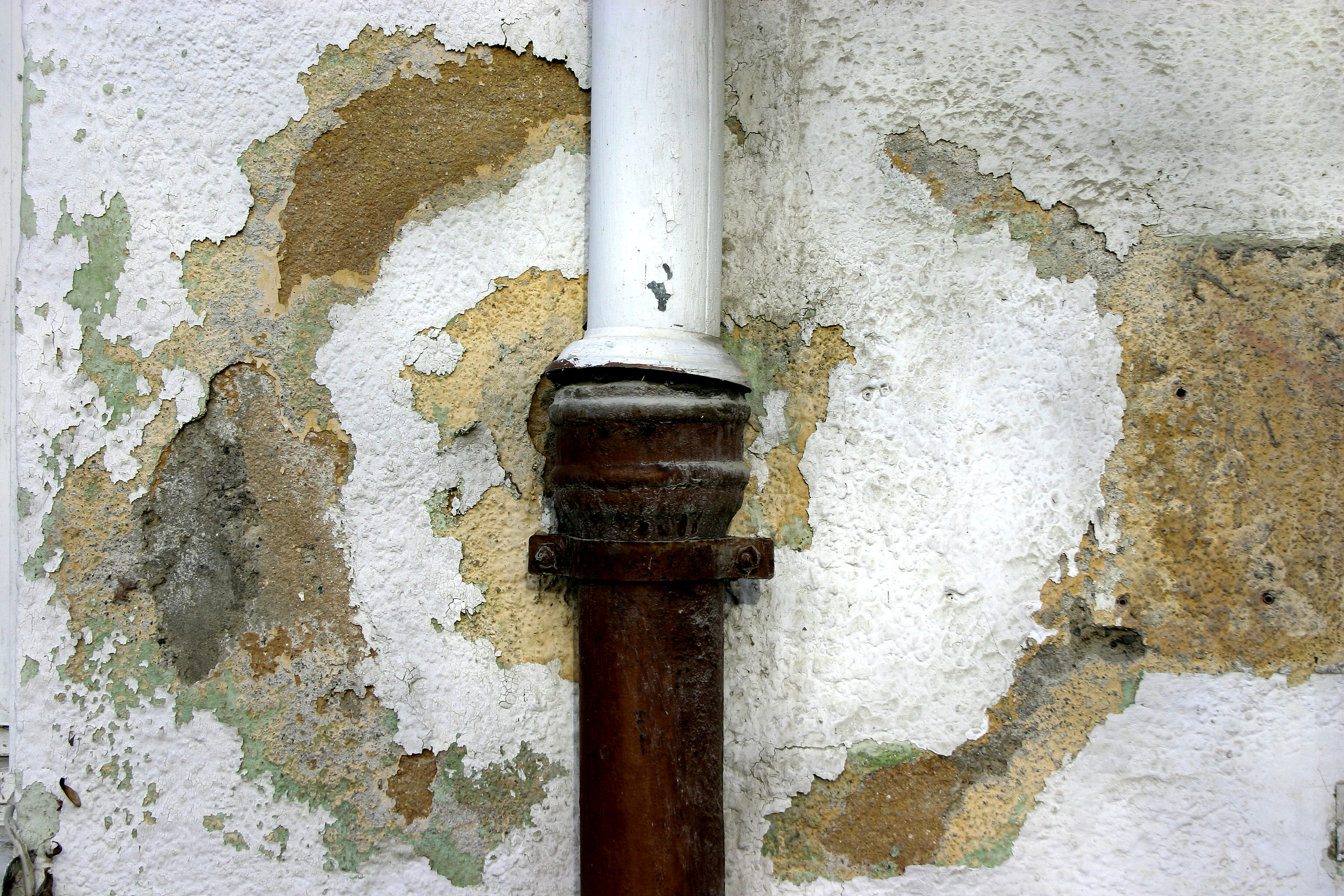This article below about Fire And Water Damage Prevention is totally informative. Check it out for yourself and see what you think of it.

Water gives life, however water breach on some components where it's not supposed to be can result in damage as well as inconvenience. In addition, houses with water damages scent old and moldy.
Water can come from numerous sources like tropical storms, floods, burst pipes, leaks, as well as drain problems. It's far better to have a functioning understanding of security precautions if you have water damage. Right here are a few standards on exactly how to handle water damage.
Do Prioritize Home Insurance Policy Coverage
Seasonal water damages can come from floods, seasonal rains, and wind. There is additionally an occurrence of an unexpected flooding, whether it came from a damaged pipe that all of a sudden breaks into your home. To safeguard your house, obtain residence insurance that covers both disasters such as all-natural disasters, as well as emergencies like busted plumbing.
Do Not Neglect to Switch Off Energies
When calamity strikes as well as you're in a flood-prone location, switch off the major electrical circuit. Switching off the power avoids
electric shocks when water can be found in as water functions as a conductor. Do not neglect to turn off the main water line shutoff as a way to avoid even more damage.
Maintain your furnishings steady as they can relocate around and also create added damages if the floodwaters are obtaining high.
Do Remain Proactive as well as Heed Weather Condition Notifies
If you live in a location afflicted by floods, remain proactive and also prepared at all times. Listen to the news as well as emptying cautions if you live near a body of water like a river, lake, or creek .
Do Not Neglect the Roof
Your contractor should take care of the defective seamless gutters or any kind of various other indications of damages or weakening. An examination will certainly protect against water from moving down your wall surfaces and also saturating your ceiling.
Do Focus On Little Leaks
A burst pipe doesn't take place in a vacuum cleaner or over night. There are red flags that can draw your focus and also suggest to you some weakened pipes in your home. Signs of red flags in your pipelines consist of gurgling paint, peeling wallpaper, water touches, water discolorations, or dripping audios behind the walls. There are indicators that the pipeline will break. If you see these signs, do not wait on an escalation. Repair work and also examine your plumbing fixed before it causes massive damages to your house, financial resources, as well as an individual nightmare.
Don't Panic in Case of a Burst Pipe
Timing is vital when it comes to water damages. If a pipeline bursts in your residence, quickly closed off your primary water valve to cut off the source and prevent more damages. Call a trusted water damages repair expert for help.
Water offers life, yet water invasion on some parts where it's not supposed to be can result in damage and inconvenience. In enhancement, houses with water damage scent old and also moldy.
Seasonal water damage can come from floodings, seasonal rainfalls, and wind. Indicators of red flags in your pipes consist of bubbling paint, peeling wallpaper, water streaks, water discolorations, or dripping audios behind the walls. If a pipeline bursts in your house, immediately closed off your major water valve to reduce off the source as well as protect against more damages.
Some Do's & Don't When Dealing with a Water Damage
DO:
Make sure the water source has been eliminated. Contact a plumber if needed. Turn off circuit breakers supplying electricity to wet areas and unplug any electronics that are on wet carpet or surfaces Remove small furniture items Remove as much excess water as possible by mopping or blotting; Use WHITE towels to blot wet carpeting Wipe water from wooden furniture after removing anything on it Remove and prop up wet upholstery cushions for even drying (check for any bleeding) Pin up curtains or furniture skirts if needed Place aluminum foil, saucers or wood blocks between furniture legs and wet carpet Turn on air conditioning for maximum drying in winter and open windows in the summer Open any drawers and cabinets affected for complete drying but do not force them open Remove any valuable art objects or paintings to a safe, dry place Open any suitcases or luggage that may have been affected to dry, preferably in sunlight Hang any fur or leather goods to dry at room temperature Punch small holes in sagging ceilings to relieve trapped water (don't forget to place pans beneath!); however, if the ceiling is sagging extremely low, stay out of the room and we'll take care of it DO NOT:
Leave wet fabrics in place; dry them as soon as possible Leave books, magazines or any other colored items on wet carpets or floor Use your household vacuum to remove water Use TV's or other electronics/appliances while standing on wet carpets or floors; especially not on wet concrete floors Turn on ceiling fixtures if the ceiling is wet Turn your heat up, unless instructed otherwise

I ran across that page about Ways to Reduce The Risk Of Fire And Water Damage while scouting around the search engines. For those who enjoyed our blog entry please remember to share it. We love reading our article about How To Prevent Fire And Water From Ruining Your Holiday Season.